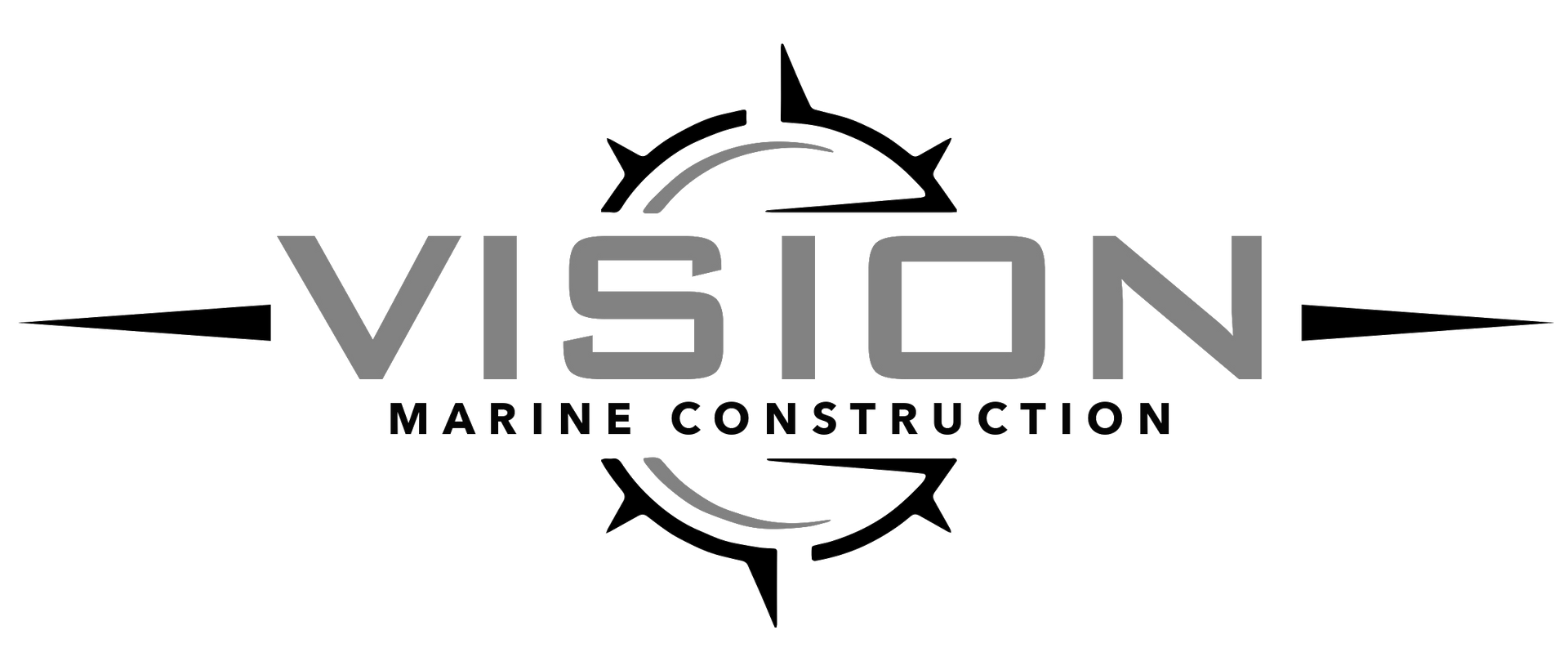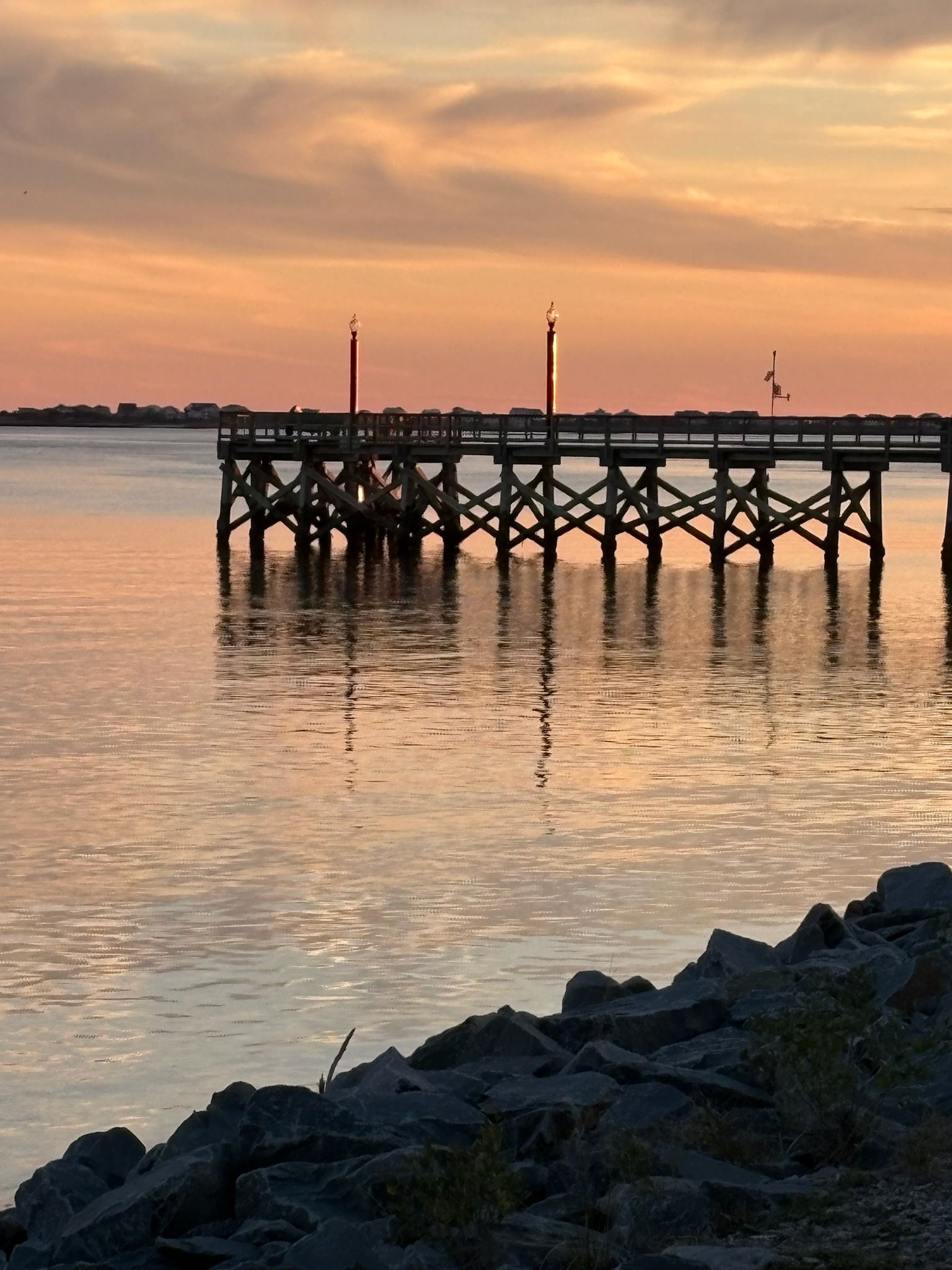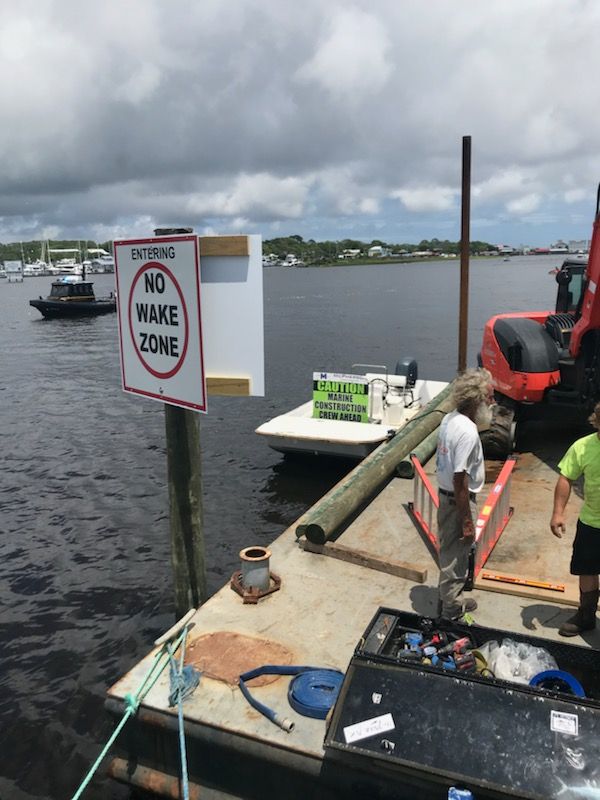— Proudly Serving Wilmington, Wrightsville Beach, Topsail, NC, and All Surrounding Areas —
Dock & Pier Construction
Waterfront properties in Wilmington, Wrightsville Beach, Topsail, NC, and All Surrounding Areas, require thoughtfully engineered dock and pier systems that can withstand changing tides, coastal weather, and long-term use. Vision Marine Construction
offers full-service dock and pier construction tailored to the needs of homeowners, businesses, and marinas throughout the Wilmington area. Our builds are guided by durability, functionality, and compliance with North Carolina's coastal regulations.
Fixed and Floating Dock Systems
Choosing between a fixed or floating dock depends on several site-specific factors, including water depth, shoreline characteristics, and intended usage. Fixed docks are anchored with pilings and offer a stable, permanent structure ideal for areas with minimal water level fluctuation. They are commonly selected for fishing, lounging, or accessing watercraft where stability is critical.
Floating docks rise and fall with the tide, making them ideal for tidal creeks, rivers, and areas subject to water level changes. These systems are attached to guide pilings or ramps and remain level with the water's surface, ensuring accessibility at all times. In Wilmington, many properties benefit from a combination of both systems—using a fixed pier as a base and extending into the water with a floating platform.
Custom Pier Design and Construction
Piers extend access into deeper water and are often the focal point of waterfront spaces. Every pier built by Vision Marine Construction begins with a site assessment to evaluate elevation, wave action, and required load capacity. Based on these factors, we design a structure that balances code compliance with the unique goals of the property owner.
Pier construction typically begins with pile driving, which anchors the structure to the seafloor. These piles are then capped and braced to form the foundation. Decking materials may include treated lumber, composite planks, or marine-grade aluminum, depending on performance needs and aesthetics. Railings, benches, fish-cleaning stations, and boat slips can be added during the finishing phase to enhance the structure’s use.
Boat Slips, Lifts, and Access Features
A dock or pier is often only the beginning of a larger marine setup. In Wilmington, many waterfront properties incorporate boat slips, lifts, or kayak launches to increase access and functionality. Custom boat slips are integrated directly into dock designs, often accompanied by pilings or bumpers to protect the vessel.
Vision Marine Construction
also installs mechanical and hydraulic boat lifts suited for a wide range of watercraft. These systems can be positioned within a slip or alongside a floating dock, providing safe and convenient dry storage. Gangways, ramps, and ADA-compliant access points are available to ensure the dock is usable for all visitors regardless of ability.
Materials Built for the Wilmington Coastline
The marine environment of Wilmington demands construction materials that can endure constant moisture, UV exposure, and salt air. We use only marine-grade lumber, stainless steel hardware, and corrosion-resistant composites in every project. Piling systems are pressure-treated and often wrapped for extended service life.
Composite decking is a popular option for its slip resistance, low maintenance, and long lifespan. Aluminum decking is also used in commercial applications where weight and strength are key concerns. All materials meet or exceed coastal construction standards in North Carolina and are selected based on project location and exposure risk.
Dock Permitting and Coastal Compliance
Constructing a dock or pier in Wilmington, Wrightsville Beach, Topsail, NC, and All Surrounding Areas requires permits governed by the Coastal Area Management Act (CAMA) and local zoning ordinances. Vision Marine Construction handles the complete permitting process, including CAMA permit applications, site drawings, and environmental assessments.
We ensure each design is in full compliance with local setback requirements, navigational guidelines, and structural regulations. Projects are reviewed for potential impacts on tidal flow, habitat disruption, and neighboring property lines. Our team coordinates directly with the NC Division of Coastal Management and local permitting offices to secure approvals and ensure all construction timelines are aligned with regulatory expectations.



